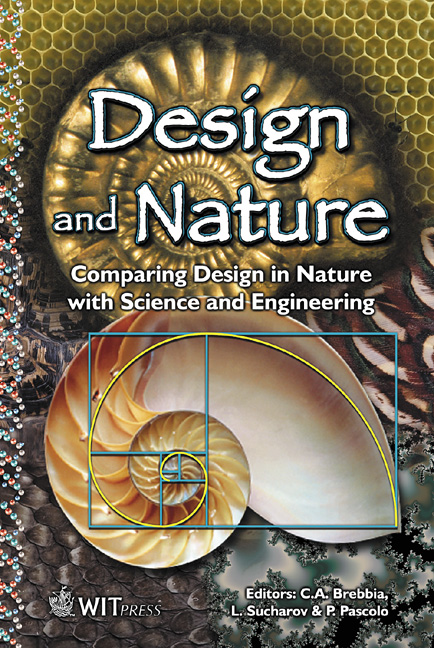A General Finite Vortex Model To Describe Unsteady Aerodynamics In Nature
Price
Free (open access)
Transaction
Volume
57
Pages
Published
2002
Size
520 kb
Paper DOI
10.2495/DN020331
Copyright
WIT Press
Author(s)
W. Liebe & R. Liebe
Abstract
Nature bases flight and locomotion on unsteady periodic motions of wings/fins. Up to now we cannot explain high lift /thrust forces generated by animals efficiently. Human flight, however, relies on high velocity flows around a stationary airfoil. Steady lift calculation is based on the KUTTA condition at the trailing edge (T.E.), and classical aerodynamics fails to describe large amplitude and frequency unsteady flow with zero free-stream velocity. The "Finite Vortex Model"(FVM) is pesented and applied in its extended version. Based on the "Edge flow mechanism" and a finite vortex size proposed in 1963, the FVM fills a gap. The model replaces KUTTA by a more general finite edge condition from experiments; discrete, stable vortices are allowed to roll-up and periodically interact with the airfoil (AF). Physical details are described with formation, attachment, generation of a bound "countervortex", fluid-structure- interaction and finally release of the finite vortex (FV) into an unsteady wake. In addition FVM-extensions including circulatory effects and the dynamic equations of motion are outlined. Finally application is demonstrated for a purely pitching flap in air (20 Hz and 30 degrees amplitude) with numerical results on thrust, circulation and power requirements, which well agree with measured momentum in a corresponding test. Key parameters are generalized from experiments (vortex radius, velocity ratio etc.). Conclusions are concerning model capabilities, future work and applications in turbomachinery, propulsion and fluid dynamics in biology. 1 Introduction Interest rises towards unsteady aerodynamics to describe fluid-structure-inter- action [1] for engineering and biofluiddynamics. This trend is triggered
Keywords





